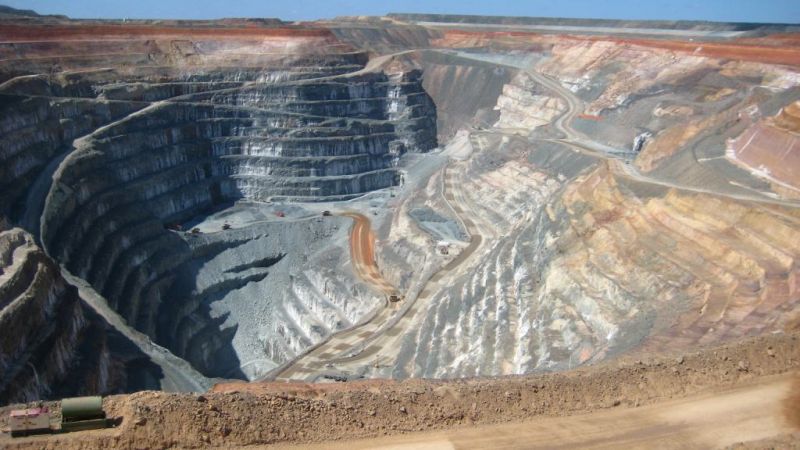Impact Of Open Pit Coal Mines On Hydrological Processes
Published on by Water Network Research, Official research team of The Water Network in Academic
The study titled 'Impact of Abandoned Opencast Mines on Hydrological Processes of the Olidih Watershed in Jharia Coalfield, India' aims to analyze the effect of mines on the change in land use/land cover, soil and surface water quality.
The study also focuses on reclamation of mine area soil and the hydrological effect of abandoned opencast mines.
Analysis of satellite images showed a 65 percent increase in the area of mines in past forty years (1975 to 2015). An increase in mining activities influenced migration of more people that led to an increase in settlement areas, agricultural land and decrease in forest and barren land.
Analysis of water samples from pre-monsoon (PRM) and post-monsoon (POM) seasons was done to determine the suitability of water for drinking, irrigation, and industrial uses. The water from 16.3% of the watershed area in PRM and 11.4% of the watershed area in POM seasons is not suitable for drinking purpose. The water from 20% of mine area in PRM and 26% in POM seasons is highly saline and not suitable for irrigation use.
Analysis of soil samples collected from study area indicated that soil of the study area is moderately acidic and deficient in organic carbon, macro as well as micro-nutrients. A pot experiment was conducted using the mine area soil to analyze the effect of different inorganic and organic fertilizer treatments on soil chemical properties, crop yield and growth in a maize-cowpea-paddy cropping system.
Read full blog by Vipul Shinde: Science Trends

Open Pit Mine, Representative image, Source: Wikimedia Commons
Impact of Abandoned Opencast Mines on Hydrological Processes of the Olidih Watershed in Jharia Coalfield, India
Abstract
The Olidih watershed hydrology was affected by opencast mines for the past five decades. This study explores the potential hydrological effect of these mines using Soil and Water Assessment Tool (SWAT2012).
The calibration and validation of the model was performed using daily streamflow and sediment yield data (2005–2008) at the outlet of the water shed. The model performed satisfactorily during simulation when tested with statistical indicators.
The alternative scenario of no-mines was also modelled to assess the potential impact of abandoned opencast mines for the period 2005–2010. Results show that the abandoned opencast mines play a crucial role in altering hydrological processes of the watershed with 16% increase in the annual sediment yield and reduction of 51% and 6% in annual surface flow and water yield, respectively.
This may be due to surface soil disturbance and accumulation of surface runoff in large depressions that resulted in less surface runoff and 13% more groundwater flow. The contribution of this analysis is the application of SWAT in modelling potential hydrological effect of abandoned opencast mines by defining large opencast mines as pothole during simulation.
Find out more about the study: Springer Link
Media
Taxonomy
- Wastewater Treatment
- Groundwater
- Pollution
- Groundwater Assessment
- Groundwater Pollution
- Clean Coal
- Clean Coal
- Pollution